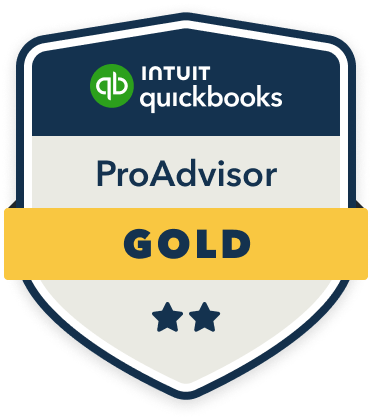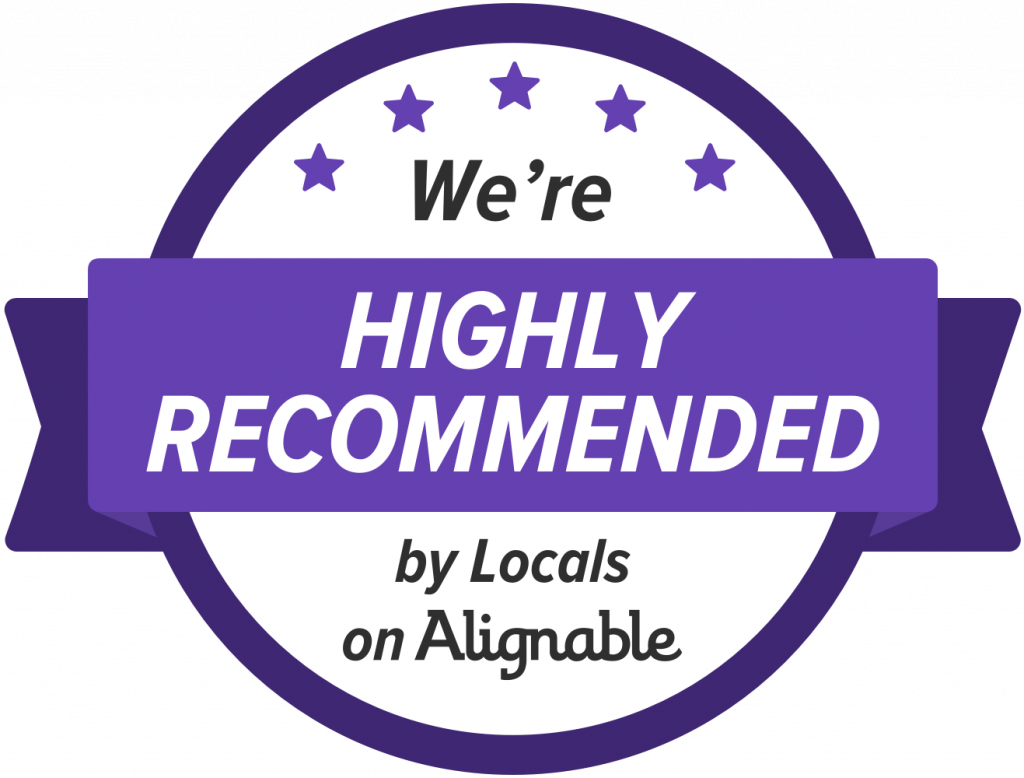Efficient bill approval isn’t just a back-office chore—it’s a cornerstone of financial integrity and operational confidence for small business owners. Yet, many hesitate to delegate approval tasks, fearing that outsourcing introduces risk. As one industry expert notes, “Small business owners consistently worry that delegating financial approvals means losing oversight and opening the door to unauthorized payments.” In reality, a well-designed, documented workflow—especially when supported by a skilled VA and overseen by a fractional CFO or QuickBooks ProAdvisor—can transform this process into a source of resilience and trust.
Why Documented Approval Workflows Matter
Every bill that enters your business should follow a clear, repeatable path from receipt to payment. Without a documented process, you risk payment errors, missed approvals, and potential fraud. Efficient workflows not only speed up approvals but also provide a transparent audit trail—critical for internal controls and peace of mind.
When you train your Virtual Assistant (VA) to route bills for authorization, you’re not just freeing up your own time. You’re creating a system where every bill is reviewed, approved, and logged, reducing the chance of unauthorized payments and ensuring compliance with company policy.
Challenging the Belief: Delegating Approvals Doesn’t Create Risk—It Reduces It
The fear that delegating approval authority increases risk is understandable, but it’s based on outdated assumptions. Modern approval workflows are built around robust controls:
- Clear criteria for what needs approval and by whom
- Automated reminders and notifications to prevent bottlenecks
- Centralized logging for every bill and approval decision
- Segregation of duties to prevent conflicts of interest
By training your VA to follow a documented process, you’re not relinquishing control—you’re strengthening it. Automation tools and workflow platforms enable you to customize approval chains, set thresholds, and integrate checks that ensure no bill is paid without proper review.
How to Train Your VA to Route Bills for Authorization
- Develop a Written Approval Policy
– Outline who is authorized to approve bills, what documentation is required, and the steps to resolve discrepancies.
– Make this policy accessible, and review it regularly with your VA. - Map Out the Approval Hierarchy
– Define spending thresholds that trigger additional review.
– Assign roles: which bills the VA can route, which require your sign-off, and which can be handled by department heads. - Standardize Submission and Documentation
– Use digital forms or portals for bill submission. This ensures accuracy and completeness from the start.
– Add support text and guidance to help your VA understand what’s needed for each type of bill. - Automate Notifications and Reminders
– Implement software that sends automatic alerts when bills need attention.
– Set deadlines for each approval stage to prevent delays. - Track and Audit Every Approval
– Use workflow tools that log every action—who approved, when, and what supporting documents were reviewed.
– Schedule regular audits of the process to ensure compliance and improve efficiency.
Leveraging a Fractional CFO or QuickBooks ProAdvisor
A fractional CFO or QuickBooks ProAdvisor brings expertise in designing and monitoring these workflows. They can:
- Help you create a tailored approval policy that matches your business structure and risk tolerance.
- Set up automation tools (such as QuickBooks approval workflows) that integrate with your accounting systems.
- Train your VA and other team members in best practices, ensuring everyone understands their roles.
- Monitor workflow performance, flagging issues before they become problems.
- Conduct periodic reviews to adapt the process as your business grows.
Their guidance ensures that your approval workflow isn’t just efficient—it’s compliant, secure, and scalable. You gain confidence knowing that every bill follows a documented path, with oversight at every step.
Building Confidence With Robust Internal Controls
A documented, efficient approval workflow reassures you and your stakeholders that every payment is authorized and accounted for. This is more than operational efficiency—it’s about establishing trust in your financial controls.
Key emotional benefits for small business owners include:
- Confidence: You know that every bill is reviewed and approved according to policy.
- Peace of mind: Automated reminders and audit logs mean nothing slips through the cracks.
- Resilience: Even if you’re unavailable, your VA and workflow system keep bills moving, avoiding bottlenecks and late payments.
Getting Started: Steps to Implement
- Draft a simple, clear approval policy and communicate it to your VA.
- Choose a workflow automation tool that integrates with your accounting platform.
- Map the approval hierarchy and assign roles.
- Train your VA using real-life scenarios and review their work regularly.
- Partner with a fractional CFO or QuickBooks ProAdvisor to review and optimize your workflow.
Conclusion
Training your VA to route bills for authorization is a strategic investment in your business’s financial health. When supported by expert oversight, automation, and a documented process, you’ll enjoy faster approvals, better compliance, and stronger internal controls. The belief that delegation increases risk is outdated—today’s tools and best practices turn effective approval workflows into a source of confidence and control. By embracing these strategies, you’ll free up your time, empower your team, and protect your business from unauthorized payments.
By investing in professional financial guidance, you’re not just preparing for a sale. You’re creating peace of mind, stability, and options for yourself and those who matter most.
Don’t wait for “someday.” Start building your sellable business today.





